Whether you’ve just moved into a new house, or are updating your existing space, planning major renovations is quite possibly the most exciting part of creating the home you’ll love to live in.

That being said, it can also be unduly stressful, creating chaos and mess while the work is taking place. But don’t panic, these tips will help guide you when planning and carrying out the work at home, and hopefully help to make the whole thing more enjoyable in the process!
1 budget, plan, and research
Setting yourself a budget is always the best way to start any project. Input the big jobs first, like plumbing, electrics or plastering, working room by room to help you figure out where money can be splurged or saved later on.
It might be a good idea to start with the bedroom. We spend a lot of time here so it’s important to create a peaceful haven, away from the rest of the house. A proper night’s sleep will help in tackling other spaces in the house. You may decide a good bed will be your splurge and you want to save on other decor elements – a budget should help figure this out.
If you’re ordering large furniture, or have existing bulky pieces that will be staying, it might be an idea to consider temporary storage so that everything is kept damage-free. Remember to incorporate this cost into your budget.
Once you know where you’re starting, research what kind of look and feel you’re after. Magazines, books and Pinterest are a great source of inspiration for helping work out what kind of elements you want to bring in. Think about how you might add texture, colour and shape, and how you can incorporate your own style and story into the finished room.
2 colour
Through your research, you’ve probably got a fairly good idea of what look you want to achieve, but it’s worth also considering the rest of the house at this point too.
Colours influence our mood, and you want this to be reflected in each space. Sticking to similar palettes, but choosing lighter, darker or brighter shades (depending on the use of the room) will bring a sense of continuity through the house. Opt for neutral palettes to bring in colour through soft-furnishings and accessories, or choose to pull colours from a beloved item of furniture.
The direction that daylight comes into your from home will affect the colour paint you choose. Northern light is cooler, while Southern light is warmer, so choose tester samples from your palette with both warm (red/yellow) and cool (blue) undertones to see how the colour changes throughout the day. Also take a look at how the colours change under artificial lighting.
3 organize and declutter
This one comes from experience! Before you start any work, de-clutter and clear the room. It can be awkward trying to work around existing furniture or items waiting to go in.
It’s much easier to plan where things will fit best in a space if you’ve cleared it beforehand. There’s also less risk of damaging anything if the room is empty (I managed to scrape side of the new bath before it even went in – fortunately on the unseen side, but still).
If you don’t have a spare room to store away items, consider a temporary storage space. Shurgard offers you extra space in its secure storage facilities. With a range of unit sizes for long or short term use, secure access 7 days a week, and plenty of locations, it’s a pretty perfect option. And if you’re moving home, it’s definitely worth considering storing items while you decorate before moving fully.
4 make it fun and easy(ier)
There’s no reason why decorating should feel like a chore. Create a playlist of your favourite tunes, set up a film on Netflix, and get plenty of good snacks and drinks to keep you going while you work. If you take the time to prepare your surfaces, mask-off skirting boards, and get the right tools, the job will go 100% smoother.
5 bargain hunt and style your space
With the hard graft done, now comes my favourite bit! While you wait for paint to dry, get bargain-hunting for those finishing touches that will make your space your own.
Go back to the books and Pinterest, and check out ideas for ways to add character and style to your room, as well as clever storage solutions. Charity shops, eBay, auctions, and flea markets are all great places to source vintage and unique items.
Look for pieces that may need a little fixing up for a bigger bargain – and remember, you can always fill, fix and paint an item to make it your own. If you come across that perfect piece for your next project but don’t quite have the space yet, there’s always that option of temporary storage.
Hopefully, these tips will help make your project run a little more smoothly, and you’ II have a home that reflects your style in no time.
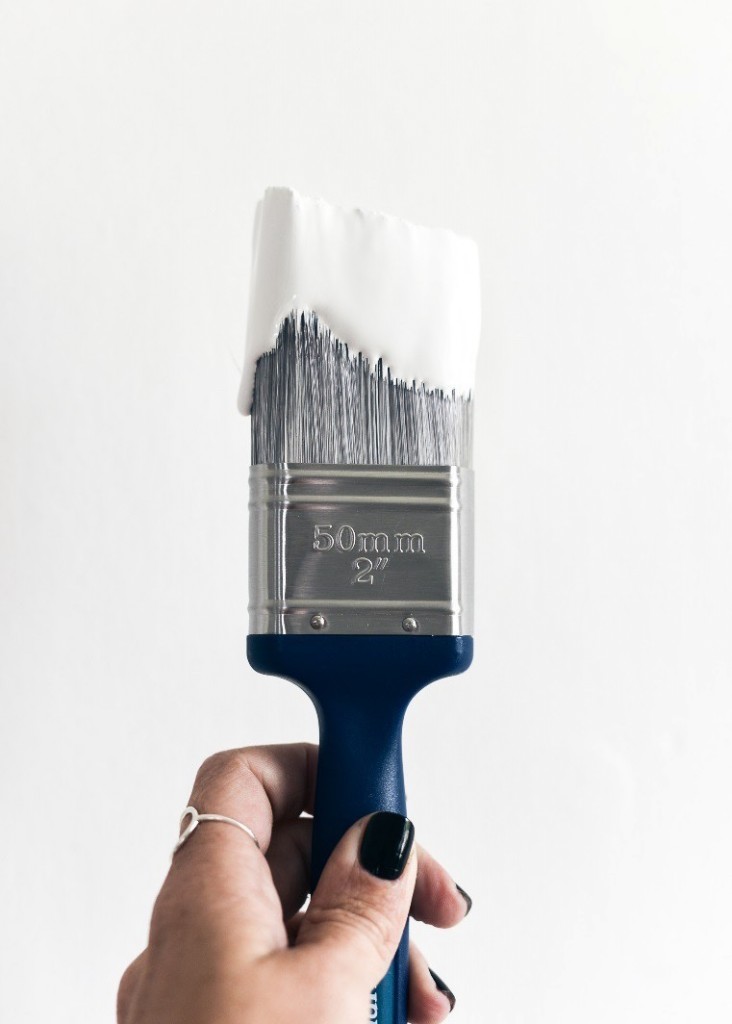
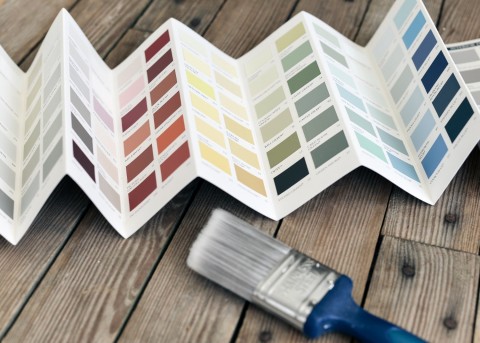
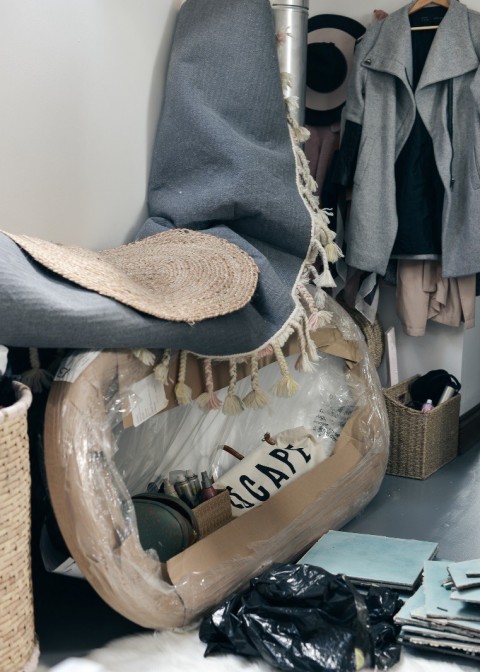

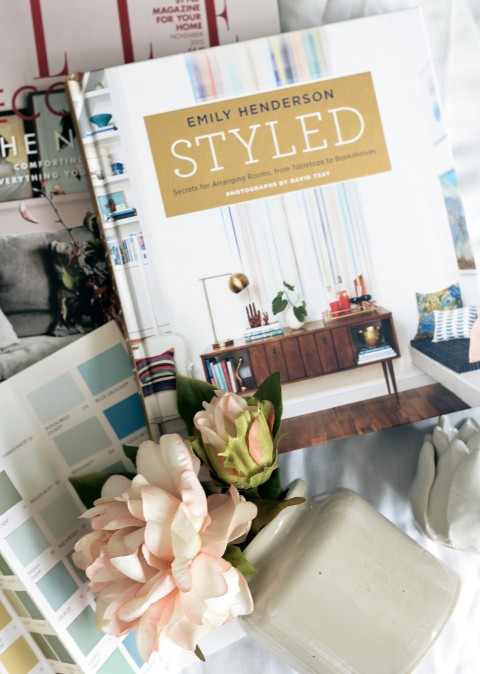


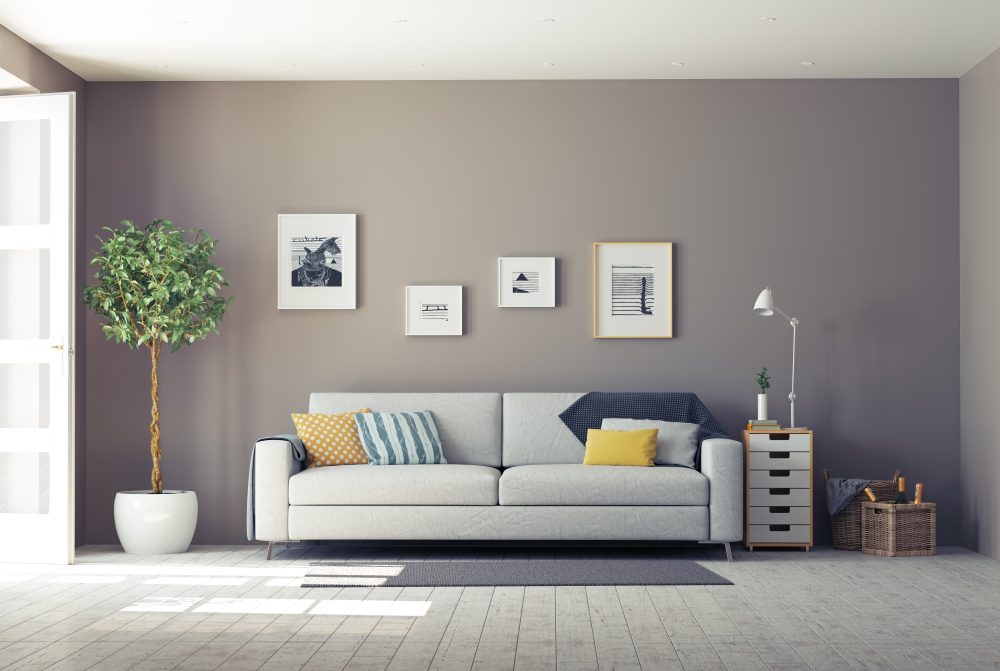
Leave a Reply